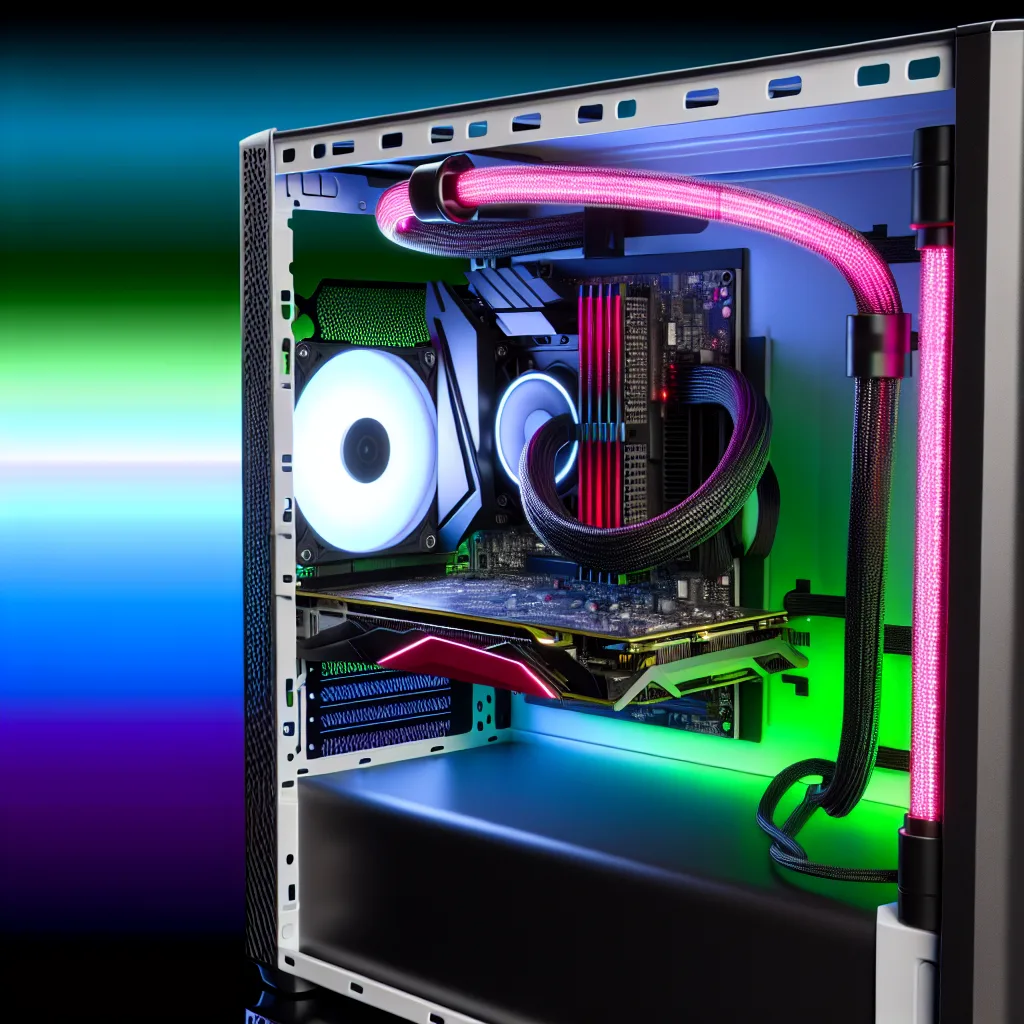Smart PC building tips for when your motherboard’s graphics are MIA and space is tight
Building a PC can sometimes mean juggling a bunch of unexpected challenges, especially when your motherboard doesn’t have an integrated graphics processor (iGPU) or your case is just packed to the brim with components. If you’re in a spot where you find yourself saying, “No iGPU and no space?” you’re not alone. Luckily, there’s a straightforward fix: using a PCIe riser cable.
A pc riser solution is a simple tool that lets you reposition your graphics card or other PCIe devices within your case, helping you overcome space limitations. Let’s dig into why and when you might want to use one and how it can totally change your PC build experience.
Why Consider a PC Riser Solution?
Some motherboards, especially those used for budget or specialized systems, don’t come with an integrated GPU. This means the only graphics processing will come from a dedicated graphics card. The setup can be tricky if your case isn’t roomy enough to comfortably fit a large GPU or if your motherboard layout limits where you can slot that card in.
This is where a riser cable shines. It allows for flexibility in positioning your GPU:
- Move the GPU to a different slot or place it vertically for better airflow or aesthetics.
- Fit a bigger card in a smaller case by freeing up PCIe slot space.
- Avoid blocking other important components or vents.
How Does a PCIe Riser Work?
A PCIe riser is a short, flexible cable that connects your motherboard’s PCIe slot to your graphics card, relocating the card from being directly plugged in to being positioned elsewhere in the case. This means even if your motherboard slots are cramped or your chassis design is tight, your GPU isn’t forced to fit where it normally would.
Most riser cables support PCIe 3.0 or PCIe 4.0 speeds, which means your GPU performance won’t be bottlenecked by the extension. Just be sure to pick a quality riser from a reputable manufacturer to reduce signal loss or interference.
When Is a Riser Especially Useful?
- Compact builds: Small form factor (SFF) cases where traditional GPU placement is impossible.
- Custom aesthetics: Want to show off that shiny GPU vertically? Riser cables are your friend.
- Motherboards without iGPU: Without onboard video, your GPU placement flexibility becomes even more important.
Tips for Using a PCIe Riser
- Always check the cable quality and bandwidth capabilities.
- Secure the riser and GPU properly to avoid strain on the motherboard or cable.
- Manage airflow thoughtfully to keep components cool.
Final Thoughts
Using a PCIe riser is a simple yet clever solution for builders facing space and compatibility challenges. If your PC build is lacking an iGPU and space is tight, a pc riser solution might be just what you need to keep everything running smoothly without compromise.
If you’re curious about trying one out, places like CableMod, EKWB, and Newegg offer high-quality riser cables. Also, check out Tom’s Hardware for detailed reviews and advice.
Hopefully, this helps clear up why risers aren’t just niche accessories but practical tools in modern PC building. If space or component layout is stressing you out, a riser cable could be your new best friend. Happy building!
